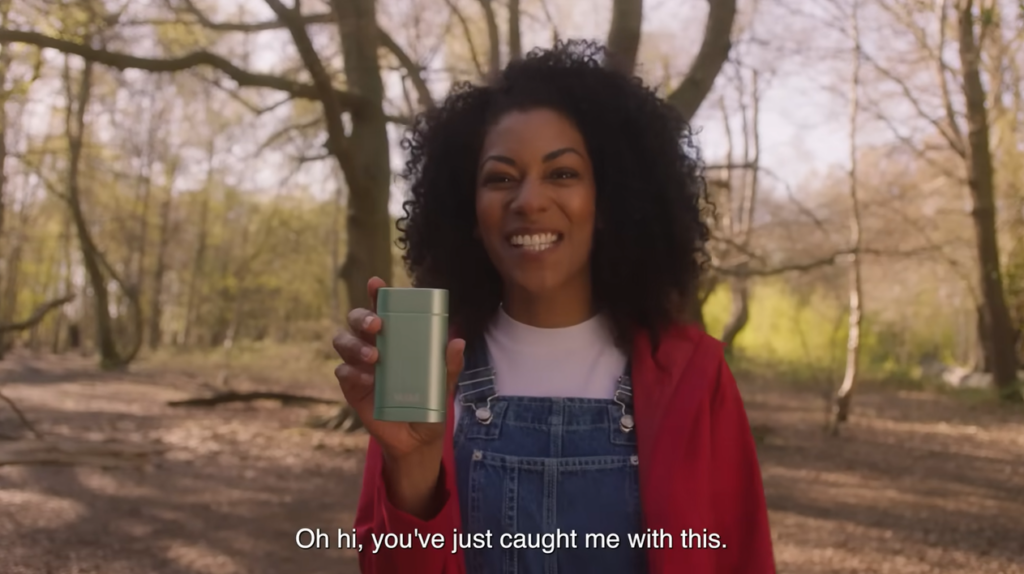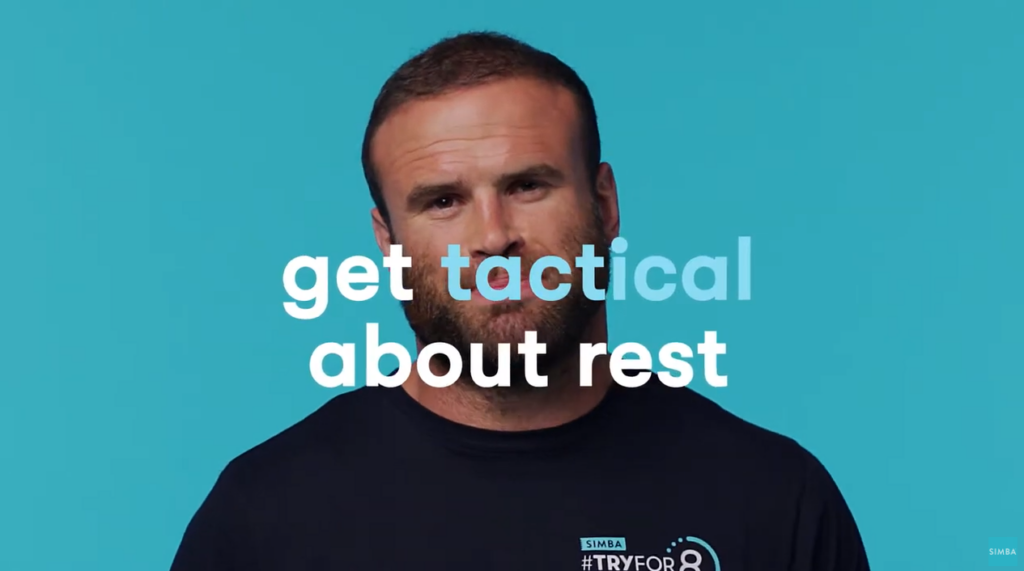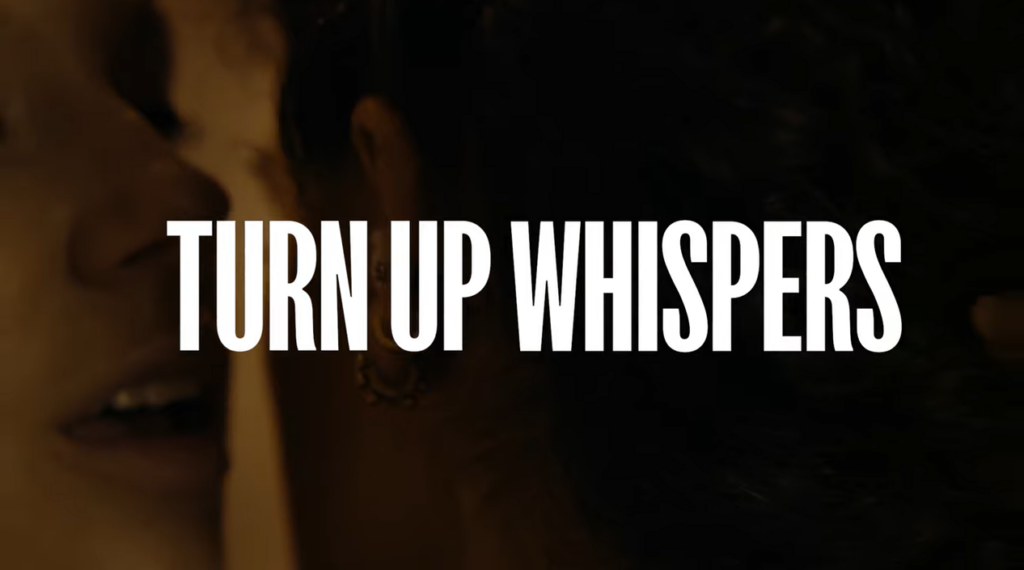Meta ads is constantly changing.
From in-platform features, industry recommended ways of working, creative strategies, to so much more.
Today, running a single, conversion-focused campaign may not be enough for brands looking to drive sales through paid media.
For sustainable performance, as long as you have the budget, you have to consider the full funnel and adapt your tactics and strategy accordingly.
While approaches differ by vertical, this article focuses specifically on ecommerce brands, and how to structure a full-funnel Meta strategy in 2025. It will cover what works, what’s changed, and where your focus should be at each stage.
Why full funnel media buying matters more than ever
Customer acquisition costs (CAC) surged by as much as 60% between 2014 and 2019, and they’ve continued rising steadily since.
During this period, the global pandemic contributed to a 35% spike in paid media investment as brands doubled down on digital which heightened competition and increased advertising costs.
Consequentially, a recent study by Taboola and Qualtrics revealed that nearly 75% of performance marketers are experiencing diminishing returns on their social media ad investments, driven by audience saturation, rising costs, and ad fatigue.
It’s clear that brands can’t sustain allocating the lion’s share of their media budget towards in-market buyers at the bottom of the funnel, thus shining a light on the importance of brand marketing and full-funnel media planning.
From a holistic perspective, studies have shown that when brand and performance efforts are combined, ROI can increase by as much as 90%, suggesting that brand campaigns, in essence, make performance campaigns more effective.
Having spent the last ten years working across independents, networks, and co-founding a Facebook ads agency, I’ve seen first-hand how Meta advertising has changed, both in how it’s planned and how it’s executed.
Let’s examine the role of the different sections of the funnel, the purpose of each, and how to take maximum advantage of each.
Top of funnel (TOF): Introducing and increasing awareness.
The focus of TOF should be to create brand awareness, introduce your company and show audiences that you are not only familiar with a problem they face, but that you can solve this.
Objectives
The goal here is attention, not conversion.
It’s context dependent but many advertisers go straight for an Awareness objective as it’s a natural fit, working to show your ads to people who are most likely to remember them.
However, an Engagement objective can be useful too as this will work towards driving messages, video views, page likes, etc.
Whatever you’re measuring, whether it’s video views or reach, you should have a clear testing framework in place from launch that looks to improve performance over time.
I’ve seen many accounts where the top of funnel activity is set up and forgotten about, often due to the size of the audience pool and lack of conversion focussed objectives.
Don’t fall into this trap. You should be testing as much at the top of the funnel as you are at the bottom.
Creative
At this stage you’re not selling, trying to showcase every single product/service or talk about prices.
Instead you’re looking to introduce your brand to new audiences with story based, engaging content.
A Databox survey into the effectiveness of Facebook ads found that over two thirds of respondents reported that video content drives better engagement than static images, for the sole reason that video has the ability to capture the user’s attention.
Some good examples of strong TOF video led content includes:
- Wild Deodorant – ‘Why We Made This’
- Founder led video content introducing the natural, refillable deodorant brand with the founder engaging with the audience one-on-one.

- Simba Sleep – ‘Sleep Science Animated Videos’
- Simba uses animations explaining the science of sleep, temperature regulation, and back support to educate, framing Simba as an authoritative voice.

- Loop Earplugs – “Too Loud To Focus?”
- Short form video content focussed around different environments where noise impacts the ability to think, introducing the need, without the product.

Audience
Advertisers have a wealth of choice when it comes to audience selection for TOF campaigns on Meta ads:
- Age
- Gender
- Languages
- Locations
- Demographics
- Interests
- Behaviours
- Lookalikes (seed with your customers list to find similar users)
Context plays an important role here and the only real rule of thumb is that advertisers will want to avoid retargeting users who’ve already been exposed to your brand, so don’t forget to get your exclusions in place.
Middle of funnel (MOF): Engaging and building consideration
The goal of MOF is to encourage deeper engagement, build credibility, and guide users toward conversion, not necessarily to drive sales, yet.
Objectives
Awareness still plays an important role when coupled with more qualified audiences, as does a traffic objective whilst you engage with warm audiences who have shown intent using retargeting to drive traffic to pages, content, and social profiles.
Where MOF differs from TOF is that you may want to start driving leads and collecting contact information using: content, offers, samples, trials, etc.
A good way to think about it is that you have TOF where you are serving ads to an enormous cohort of users who may have shown interests in a certain topic or have similar characteristics to your current customer base, but in most cases, this isn’t going to be hyper targeted (even with lookalikes, a CRM list of 100k users may return a 1% match of ~600k).
As you’re serving assets to these users, there will be a large % that aren’t interested, this is a natural part of running TOF.
However, within this sea of users, there will be a % that resonate with your content and engage, these are the groups of people you want to serve your MOF assets to and the goal is to keep them in your world and move them forward.
Creative
At this stage, creative should still avoid the hard sell but should now speak more directly to product/service benefits, trust signals, and USPs.
This is the right moment to bring in creative styles such as:
- Soft product/service intros (brand, UGC, customer led, etc)
- Editorial style content (e.g. “why x amount of people chose brand x over y”)
- Value led content (e.g. guide to x, how to do y, etc)
Again, video will be preferential and curating your content for your key placements is a must.
Don’t be afraid to try UGC or customer led video too, studies have shown that blending this natural style of content into users feeds can lead to a 29% increase in conversion rate, particularly when the content is authentic and from relatable users.
Where TOF is about emotion and storytelling, MOF is about education and validation. You’re giving the user permission to take the next step by showing them how your product/service actually solves the problem you introduced whilst looking to both drive warm traffic to site/socials and begin to capture user data.
Audience
This is where Meta’s targeting capabilities shine.
The MOF audience layer should consist of custom audiences built from user signals that suggest interest, but not yet intent:
- Video viewers split by % (e.g. 25%, 50%, etc)
- Landing page visitors
- Cart/basket viewers
- Meta/IG profile engagers
- Users who engaged with a form but didn’t complete
- Users who saved posts or collections
You can also layer lookalikes seeded from these warm audiences back into TOF for better matching at the start of the funnel.
Bottom of funnel (BOF): New customer acquisition
At this stage, you’re speaking to users who’ve actively engaged with your brand, visited product pages, added to cart, or come back multiple times.
They’re problem-aware, brand-aware, and almost ready to buy. Your job here is to make the path to purchase as seamless, persuasive, and efficient as possible.
Objectives
At this stage of the funnel you are looking to convert users and Meta’s ‘Sales’ objective is the best bet to find people who are receptive and likely to purchase your product/service.
Using a lead based objective can also be useful here depending on the business.
Take a fashion brand who are driving pre-sale sign ups or have a pop up event coming soon, audiences at this stage are primed for this type of activity and your BOF strategy can encompass more than one objective.
Creative
As with all stages of the funnel, ads for BOF should be tailored to the audience who are being targeted.
These users have shown multiple points of interest in the products/service and have taken action along the way, what’s needed now is the nudge to remind them you exist and that they just need to take the final step and purchase.
You could use:
- Dynamic product assets (carousels, single image, collections, etc)
- Bespoke offer based assets designed exactly for these users (e.g. the commonly used new customer discount, purchase today for free shipping, etc)
- Even more persuasive trust signals showing credibility and satisfaction
Video can play a huge role here, as can static imagery, however, dynamic assets will be a huge lever to pull when users are at the very bottom of the funnel.
The classic example being serving products users have added to cart/enquired about as part of a dynamic carousel/single image alongside promotional messaging and key call outs (e.g. free delivery, limited stock).
Alongside this, blend in different thematic creatives to avoid a situation where you’ve crafted a great top and middle funnel, then at the bottom it’s only high frequency dynamic ads served repeatedly to users as it may undo the hard work you’ve put in.
Audience
Users who have taken specific actions, such as:
- Add to cart abandoners
- Checkout abandoners (split by each stage of the checkout, if possible)
- Users you have captured data from
- Customers you have in your CRM who have not purchased
This is where you monetise attention and take advantage of the TOF and MOF strategy you have in place.
By the time someone reaches this point, they should know what you do, are beginning to believe in your product, and feel like they’re making the right choice.
Great, but how much should you be investing at each stage?
There isn’t a right or wrong answer.
Generally speaking (not in the direct context of Meta ads), the most widely cited framework from Binet and Field suggests that 60% should be allocated to TOF and MOF, and 40% to BOF.
There’s also been studies on data-driven budget allocation by the Journal of Marketing Analytics that suggest TOF being particularly effective for smaller brands, which in my experience, is often the stage of the funnel that demands the least budget.
It depends on so many factors. While these guidelines provide a starting point, speaking from my own experience running a paid social advertising agency, you have to simply monitor performance metrics continuously and adjust in real time, as the balance will likely change.




